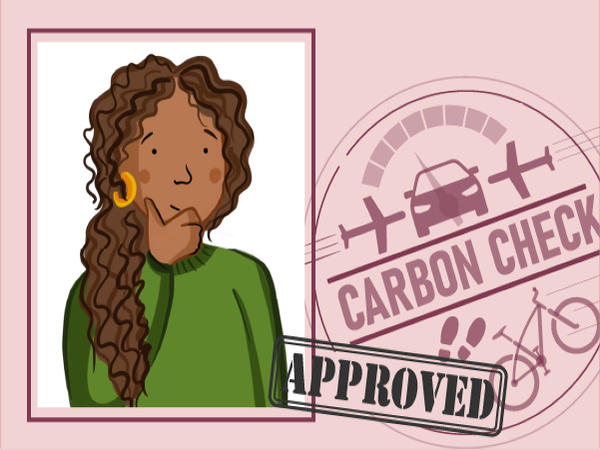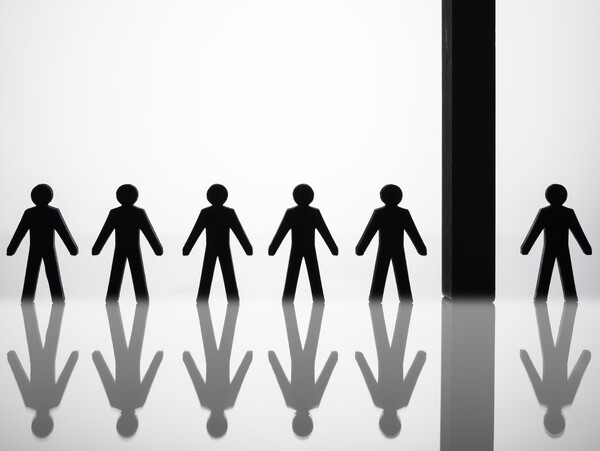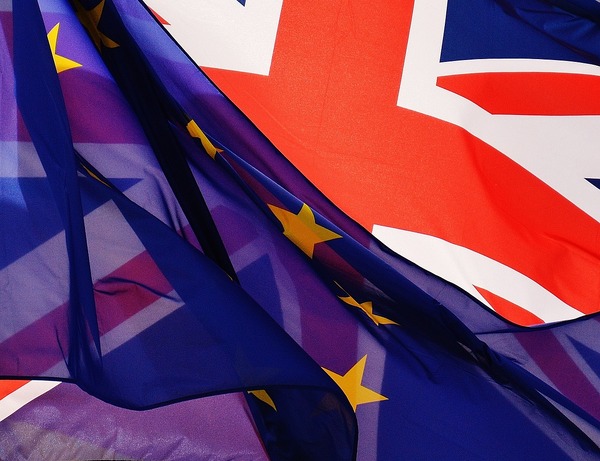You are viewing 1 of your 3 free articles for this month.
Get the knowledge: making better choices about toys and leisure products
Toys have a short lifespan, so being able to reduce primary consumption is potentially the best option for reducing environmental impacts. Buying toys that are long-lasting, or second-hand and refurbished ‘as new’ products is a great idea.
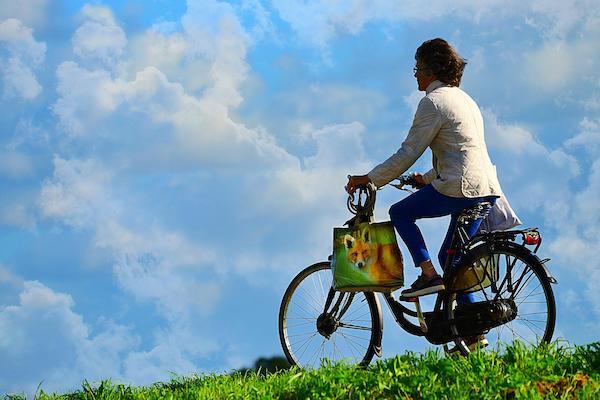
Several companies now offer refurbished items at discounted prices, giving you top-of-the-range electrical items for less – many with extended warranties.
In a similar vein, large, pricey purchases – like bikes, kayaks and tents can be hired. New initiatives and start-ups like BuzzBike allow you to rent instead of purchase, reducing waste (in case you decide it’s not really your thing) as well as saving you money.
It’s a similar concept to community projects like Library Of Things, which allow for the short-term rental of everyday items you either require as a one-off or don’t want to buy new. This can help prevent toys ending up in waste landfills a few months after they’ve been bought.
When it comes to sustainability issues surrounding toys and leisure products, the sheer diversity of the market makes it something of a minefield to navigate. Even the most simple toys can be manufactured using problematic materials and processes, such as lead, formaldehyde and flame-retardant chemicals.
Labour issues
Most large toy manufacturers offer products that are driven by low cost, compared to those that have been produced ethically, at higher price tags. In recent years international toy brands including Hasbro and Mattel have come under fire for the use of state-sponsored forced labour – notably affecting Uyghurs in the Xinjiang Uyghur Autonomous Region (XUAR) of China.
Highlighted in the national news and by a range of charities and NGOs – including China Labor Watch, ActionAid, CiR, and Solidar Suisse – the primary concerns centre around worker wellbeing. Many factory workers are being forced into mandatory and unpaid overtime, with no or low minimum wages or insurance, as well as being subjected to high-pressure working conditions.
Disney has made a commitment to 100% recycled filling in some of their new lines. The filling used in each toy is made from 100% recycled post-consumer plastic, coming mostly from plastic bottles.
It’s an important issue, and one that can be improved by simple yet sustained measures like public pressure to encourage greater supply chain transparency – particularly among big corporations. If we know where the materials and labour are sourced from, we can then make smarter purchasing decisions. And if companies are fully transparent about social standards applied in their supply chains, publishing data on compliance, and listing companies that fail those standards, consumers can make better informed decisions.

Complex components
Toys and leisure products manufactured using a smaller number of components and materials generally make it easier to identify the sources of materials. More complicated electronic items – like games consoles and remote controlled toys – often contain thousands of components. It also makes recycling a product that much harder.
In recent years, the environmental impact of producing goods has also changed in line with shifting consumer tastes and trends. Many toy and leisure products have now evolved to accommodate our increasing reliance on technology, transitioning from basic materials like wood and rubber to highly sophisticated electronic switches, circuit boards and wires.
We’ll talk about tech waste specifically in a separate article, ‘E-Waste’ as it’s commonly known has become a bigger issue than ever before.
Rechargeable batteries
If you do opt for an electronic toy that uses batteries, choose rechargeable over disposable. Not only is it cheaper, but they’re more sustainable, given that fewer batteries need to be made, reducing the product’s carbon footprint and using less resources.
Although this isn’t a blanket rule, brands who are working to reduce their footprints with the aim of becoming ‘carbon neutral’ are also more likely to promote it – after all, doing their bit for the planet makes them look good.
Brand websites noting ‘corporate responsibility’ policies and future goals can be a good indicator of a corporation’s priorities, displaying their stance on ethical issues and environmental impacts. But really think about what they are saying, does it stack up? and look for third party verification (link to Researching Mattel’s sustainability info like a pro).
Problem plastics
Another simple rule of thumb is to avoid plastic-heavy products. We know, this is a hard one. The ever-popular bodyboard may be fun in the sea, but being made from polystyrene (the material that makes it float) means it breaks up easily in the ocean, polluting the environment. It’s precisely why they’ve now been banned in a number of places, with charities offering wooden boards for hire as an eco-friendly alternative.
Meanwhile building bricks, toy cars and miniature models all tend to be manufactured from acrylonitrile butadiene styrene (ABS) – a non-toxic, petroleum-based thermoplastic which, unfortunately, doesn’t readily biodegrade. It’s also made from a non-renewable resource – oil.
Although non-carcinogenic and better for our health (and the planet) than plastics like PVC, ABS is still far from being ‘green’. If there’s an upside, it’s that being a thermoplastic polymer rather than a thermoset polymer means it can be reheated, remoulded and recycled. However, each time this happens, the material loses strength, giving it a finite lifespan.
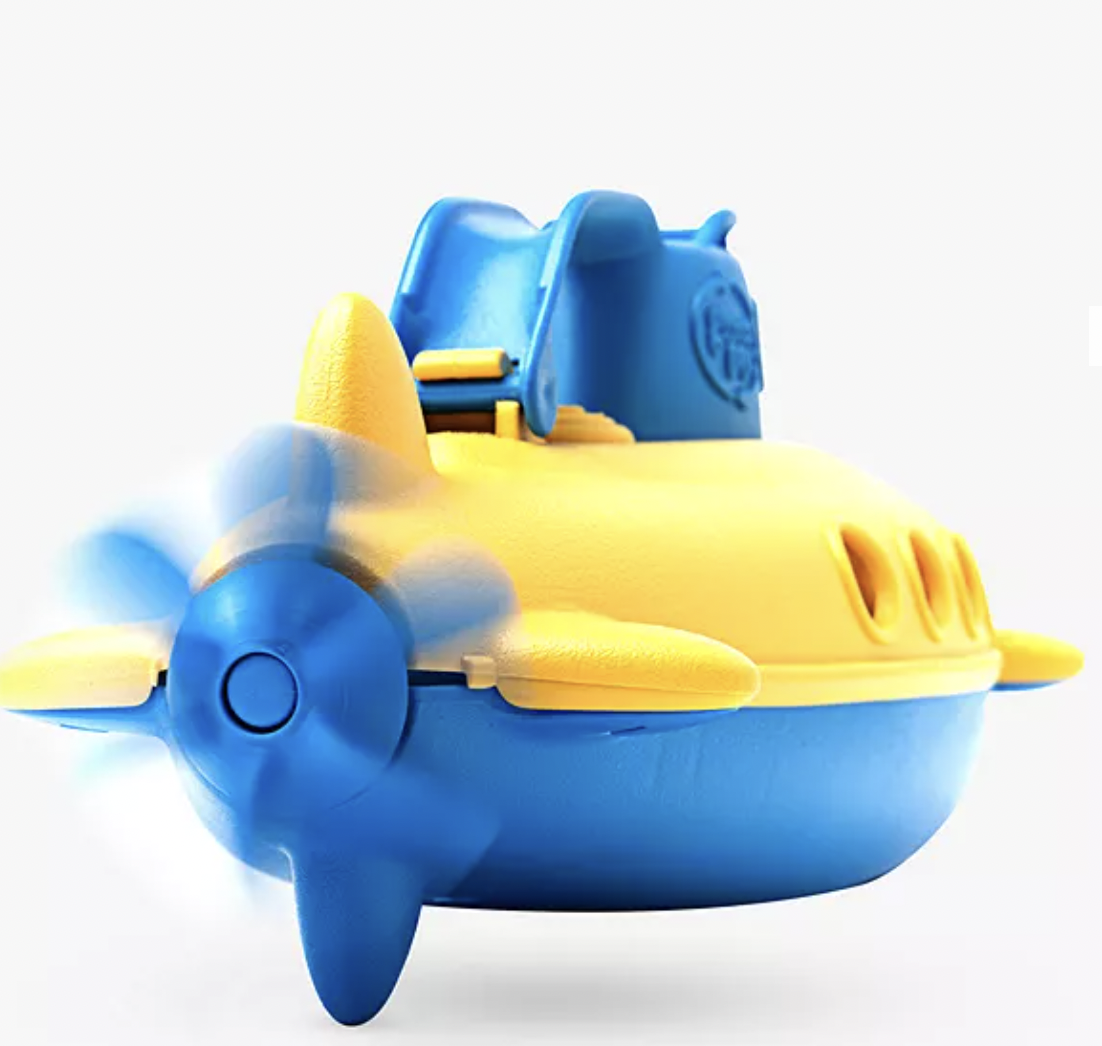
Check it out
For more information on these issues:
- China Labour Watch report on Hasbro and Mattel’s use of forced labour
- Buzzbike offers bike rental in London
- Library of Things London borrowing website
- Fat Llama rental website operates in the UK, US and Canada
- Green Toys is an example of an eco-friendly toy brand
Activate employees
Find out how OckiPro membership engages employees to deliver sustainability impact.
Get Involved
There are many ways to get involved with Ocki and its community. To find out more, click the button below
